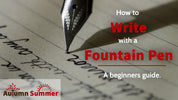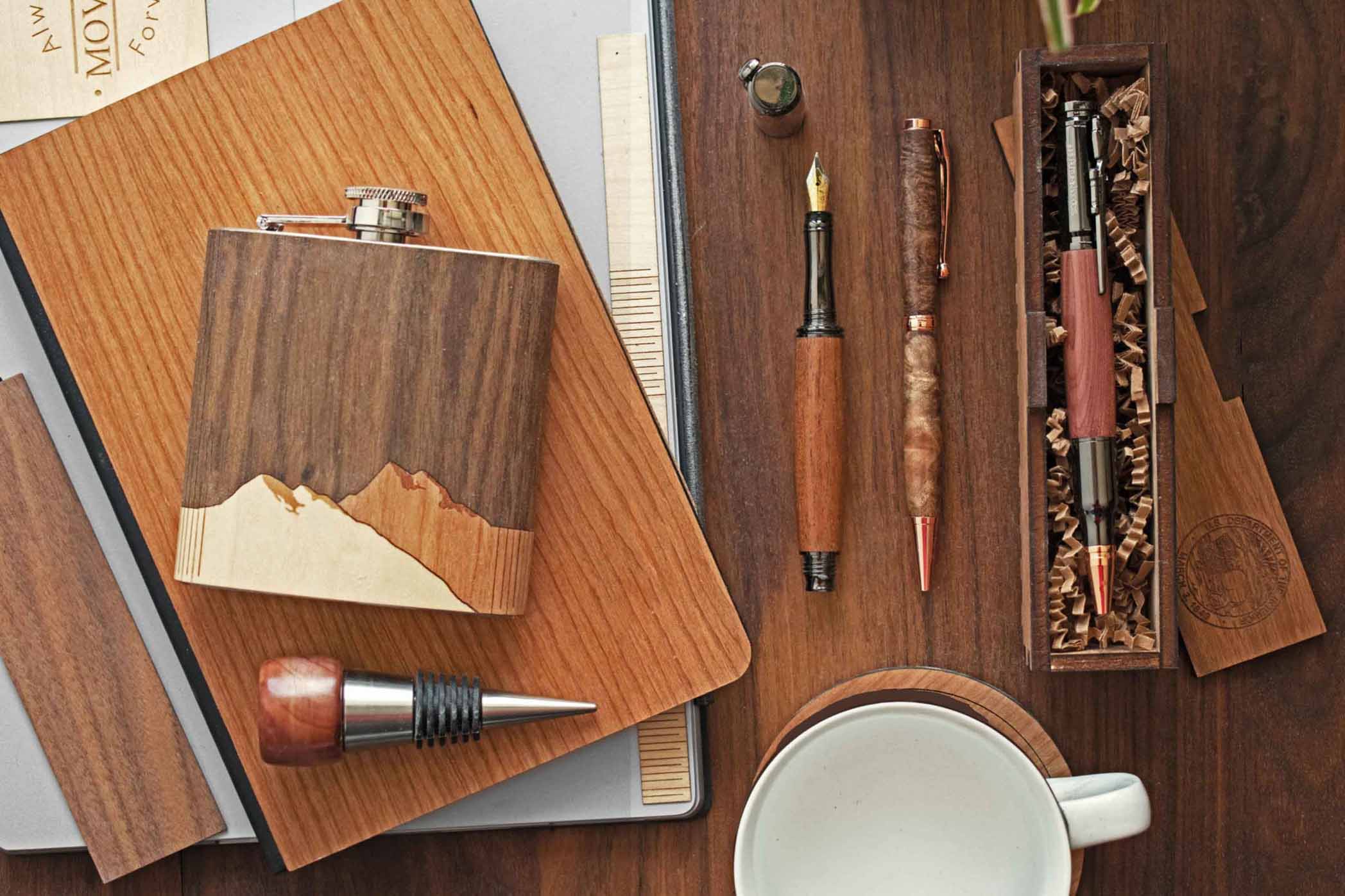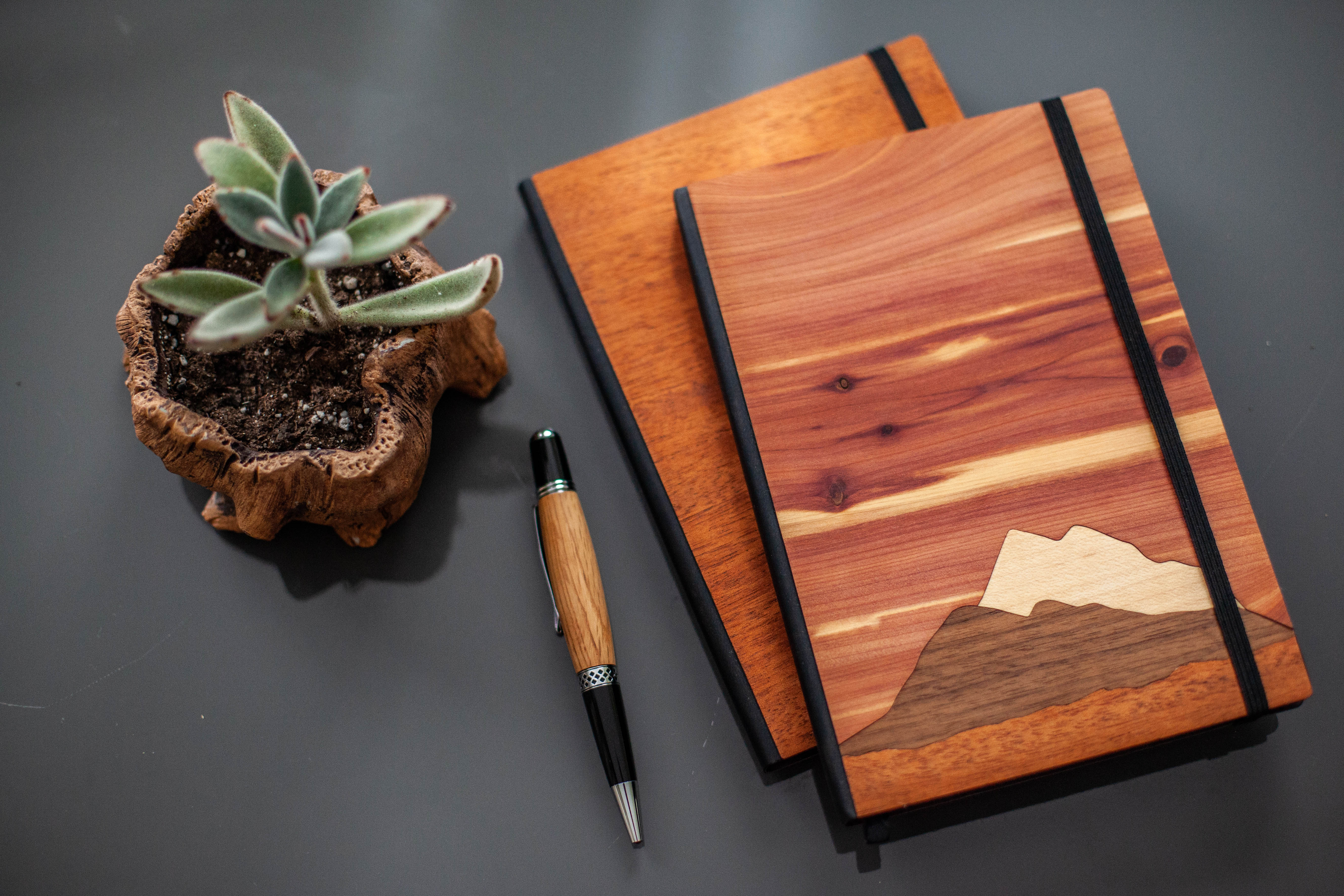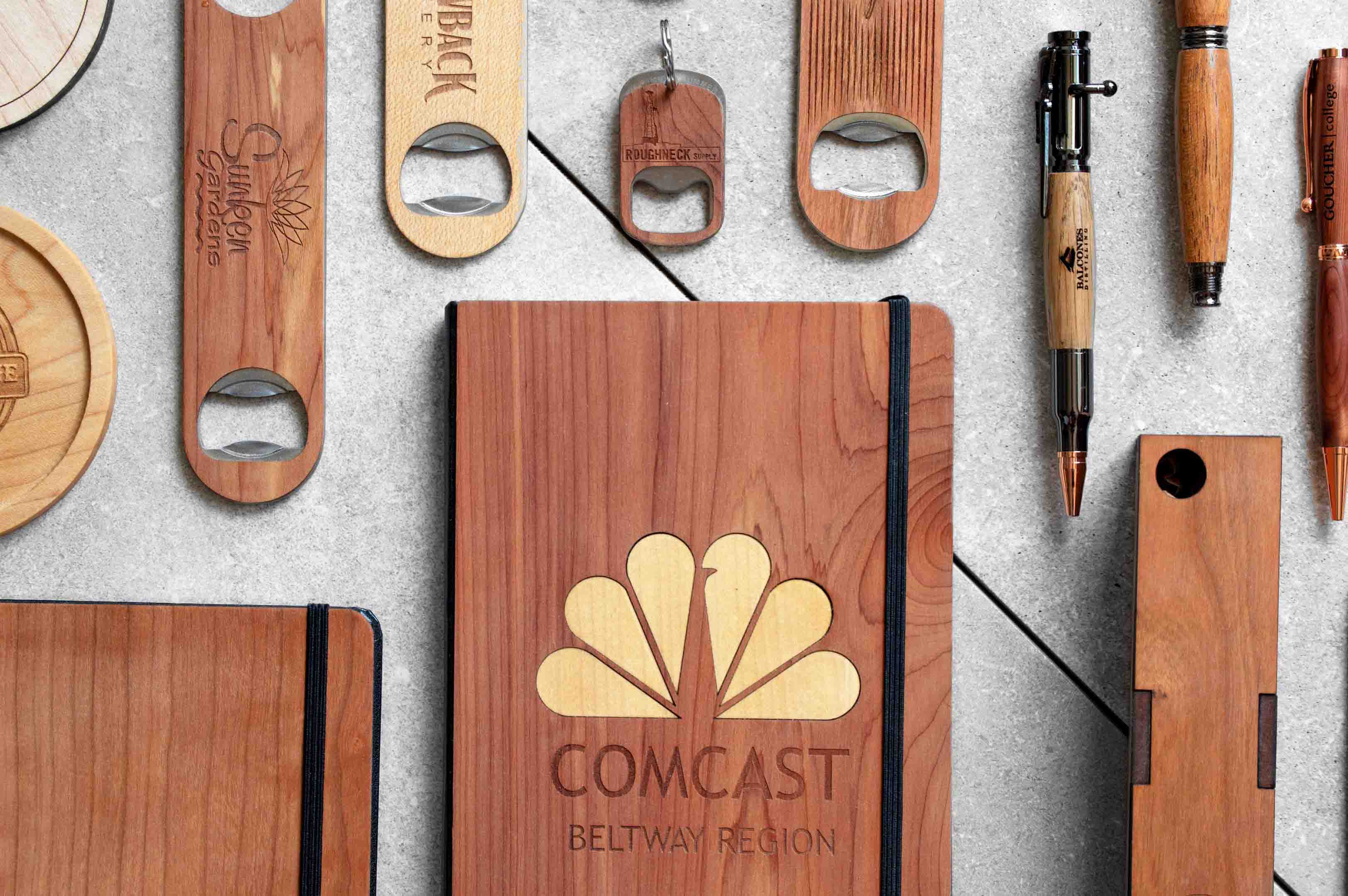
How to Write with a Fountain Pen
By Ryan Herbstsomer, 10 min reading time

By Ryan Herbstsomer, 10 min reading time
Read our beginners guide on how to write with, clean, and use a fountain pen...
You’ve probably found this article because you’ve seen someone using a fountain pen.
Maybe your grandfather introduced you to an antique pen that’s bee passed down for generations, and you just don’t understand the hype. Maybe it’s your for husband/wife and you’re just looking for a gift and trying to understand their obsession.
Well, I apologize… because once you get into the world of fine writing, you will feel sick each time you see a pack of BICs at the office.
The ballpoint pens that fill our offices, sign our credit card slips, and touch our everyday life have only ben available since the mid-1900s. However, as a species we’ve been writing with ink for over two thousand years.
For over a millennia and a half, nearly all written word was composed by dipping a reed or quill nib into a reservoir of ink, writing a few words, then dipping and writing, and repeating this until you’ve said what you need to say.

As you can imagine, this was extremely inefficient. Enter: the fountain pen.
Believe it or not, the invention of the fountain pen was an earth shattering revolution equivalent to the Walkman or the iPod. The ability to write continuously, to have a pen with you wherever you go, and all without the need to carry around a little ink bottle was a luxury unheard of prior to the invention of the fountain pen.
Now you could have a pen with you that not only wouldn’t make a mess, but you could choose from stylized and artistic choices from wood fountain pens to ceramic and precious metal fountain pens.
In the 1800s the development of the fountain pen, which had been in various stages of progress around the world since the 10th century, finally reached its point of critical mass. By the mid-1800s they began to become more commonplace and reliably designed (again, like iPod is today).

It makes sense that the fountain pen went viral so fast. The huge benefit was that using a fountain pen was mechanically very similar to writing with a quill or reed so there was virtually no learning curve.
So, what the heck is a fountain pen, and how do I use it?
Well luckily the key components to writing have remained the same for the majority of our written history, so with just a bit of practice you’ll be off to the races. Just imagine you’re a toddler with a crayon… or… whatever visualization works for you.
The three key ingredients to a fountain pen are the same as today’s ballpoint pens:
In order to understand how to use a fountain pen, you must also understand what a nib is, what it does, and how it works. Nibs can be made from anything from plant reeds to bird bones, steel to gold. A nib is the tip of the pen which controls and directs the flow of ink, and is undoubtably the most important part of the pen.
The nib is precisely cut into two separate pieces which when pressed onto paper will separate and allow gravity to pull the ink through the opening.

Whether the body of your fountain pen is wood, ceramic, or solid gold, the pen will write in the same way. What will impact things more significantly will be the material that is used in the nib, which could be gold, platinum, steel, or other metals.
In the mid 1800s the mass production of the steel nib was going strong. This brought the cost of a nib down - making it affordable for an entirely new class of people - and set the stage for the fountain pen development.
The other two parts of the pen, the ink and the reservoir, are important, but more or less self explanatory. The ink is what paints the lines onto the paper, and the reservoir holds the ink so that you don’t need a pool.
The brilliance of the fountain pen was combining all of these pieces into one utensil.
If your great great grandparents were here today, they would show you how to write with a fountain pen. Unfortunately, humans can only live to a little over 100, so you're just gonna have to keep reading. Luckily, once you learn how to write with a fountain pen, you can write with a quill… if that were to ever become popular.
Unlike today’s ballpoint pens, which are noteworthy for their ability to write from any angle, fountain pens are a little bit trickier, knowing how to use one is all about position and angle.

You will need to have the pen angled at approximately 45 degrees with the top of the nib (the top usually has an engraving) pointed towards the sky to get the nib in it’s sweet spot. When you get it right and the ink starts to flow, you’ll be hooked.
Unfortunately, it takes a bit of trial and error to learn how to write with a fountain pen, and once you get it down pat, you’ll probably try new pen and have to learn all over again, as every pen is different. But maybe that’s what makes them so awesome.
Fountain pens are like children… they need attention. When you don’t use your pen for a while, a few different things can happen such as the ink drying in the small tunnels of the nib. This will cause your pen to go on strike and not want to write until its cleaned.
This can be fixed by something easy as licking your finger and rubbing it over the nib, however it may require you to soak the nib in a bit of hot water.
In fact, soaking your nib is a good regular maintenance practice. As for ink on the top of your nib, this is due to issues in the tip of your nib, which can often be fixed by occasionally swapping out inks (some have different viscosity).
There are really two essential decisions to make when buying a fountain pen: nib size and body type. Both of these are personal preference, and style matters as much as anything else.
The third factor that may play a role is how the pen was made. Our fountain pens are handmade, and I think handmade is something of value. You can also check out Newton Pens (http://newtonpens.com/) which has a different style of handmade fountain pens.
While I’m sure it’s not the answer you’re looking for, like fine wine and craft beer, you’re just gonna have to try one out. If you ask around, you would be surprised how many people have them.

(Above: Round Tip Fountain Pen in Bocote and Maple Woods)
I would start with a fountain pen that’s $60 and under, and move up from there when you feel that you need an upgrade.
A number or series of letters denotes nib sizes, and therefore the thickness of its written lines. If numbered, the lower the number the finer the point. This could be #1 - #15, in millimeters ranging from .5 to 1.1.
If the nib is referenced by letters, it is usually pretty straightforward in that “EF” is extra-fine, “F” is for fine, “M” is medium, and “B” is broad.
The other variation would be round, italic, or oblique. The round nib has a ball on the tip for an even line width, while the italic and oblique tips are in a flat line for a more varied line width.
You can use this tool by the goulet pen company to see what different pen nib styes will look like.
As for the body of the pen, you can find wood, acrylic, ceramic fountain pens, or even gold or silver. If you’re signing the Treaty of Versailles a gold fountain pen may be appropriate. However for my everyday use I prefer a wood or ceramic body where you can really feel the material.
So hopefully you learned something new today, and hopefully you’ll start writing with fountain pens. Remember, writing with fountain pens may be harder to master than a ballpoint, but such is the nature of wonderful things.
Go out, and learn how to use a fountain pen. Choose one that makes sense for you, and bring back the art of beautiful penmanship.

thanks for sharing this type of informative article! thank you very much! gift pens
Thank you for outlining the basics for those who have not grown up with fountain pens. From the experience of someone who learned to write with a fountain pen in school, and used one all through college (and never stopped, even after ballpoints became the typical pen used by most people) I would dispute your (humorous) statement that we’d need to ask our great-great grandparents about fountain pen use! Chances are you could ask your parents, or if they’re too young, your grandparents. Most people who were old enough to write in the 1960s and 1970s should know. And really cool people who came along later would know too!

In our digitally driven, fast-paced world, the convenience of online shopping often means gifts are just a click and a shipment away. However, at A...

In a world that's constantly demanding our attention, a handwritten note is a quiet act of rebellion. It's a way to reclaim our humanity, to forge ...

Choosing custom branded wooden gifts from Autumn Woods Co. is more than just a purchase; it's an investment in building stronger relationships, enh...